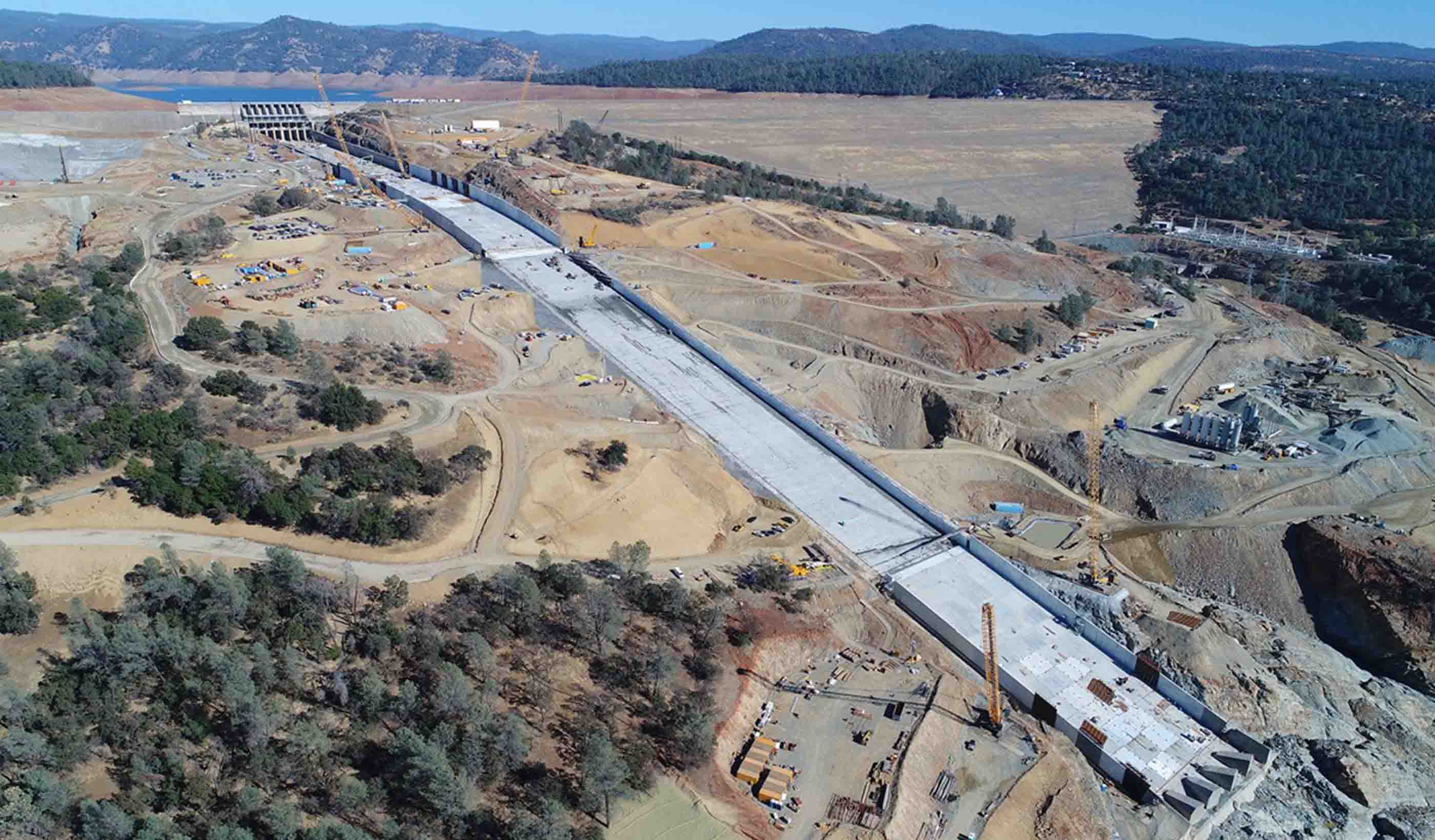3 steps dam owners and communities should commit to today to address dam safety
May 31, 2019
May 31, 2019
Maintaining our dams and having a plan for the worst are key to protecting life and property
Today is National Dam Safety Awareness Day in the United States. Throughout history dams have served as critical pieces of infrastructure. They provide basic human services—clean water, renewable power, reliable flood protection, and high-quality recreation. In the US, 15,000 dams are considered “high-hazard,” with significant risk to life and property. In addition, hundreds of miles of levees protect low-lying areas near our major rivers. The safety of these dams and levees must be priority for all citizens.
As we in the US have seen in recent days, record storms and floods are unpredictable and seem to be ever more recurring. Without proper routine maintenance and review of purpose, dams and levees can become a danger to the communities they serve.
The safety of any dam is the primary responsibility of the dam owner. But dams are also the responsibility of the community. All citizens, whether knowing or not, receive benefits from these mighty engineering structures.

Oroville Dam in California, where record-setting rainfall in 2017 led to sequential failures of the main service spillway and emergency auxiliary spillway.
Unfortunately, dams are often overlooked or forgotten by the community because of their remote locations and the quiet and simple service that dams provide. In most cases, dams appear as robust, physically sound structures not susceptible to failure. However, dams age with time and require regular checkups and plans for action in case of desperate situations.
On this important annual day of awareness, dam owners and communities are reminded of three basic steps that should be taken today and every day to address the safety of all dams.
Every dam should have a plan! Specifically, an emergency action plan (EAP)—big or small—should be a high priority for every dam owner. An EAP provides a well-thought-out plan for emergencies when time is of the essence to protect lives and property.
Especially important are high-hazard dams where dam owners and local authorities must be prepared to immediately act when threatened with a dam emergency, including potential dam failure.
Although the percentage of high-hazard dams with an EAP has increased from 35% to 81% between 1999 and 2017, we must endeavor to have an EAP for all dams.
In the US, 15,000 dams are considered “high hazard,” with significant risk to life and property.
It is essential that dams are designed and continue to meet basic design standards for safety. Our existing dams and levees experience changing challenges. Aging, seismic understanding, and climate change impacts have vastly changed the way we evaluate dam safety over the years.
Organizations like the International Commission of Large Dams (ICOLD)—or here in the United States the U.S. Society on Dams (USSD) and Association of State Dam Safety Officials (ASDSO)—provide excellent state of the practice information from published papers, conferences, and professional training.
We must insist that all dams meet the latest design criteria established by regulators and profession organizations like ICOLD, USSD, and ASDSO.
The average age of the more than 84,000 dams in the United States is 52 years old. The cost to upgrade all these dams is estimated to exceed $50 billion. This cost will only continue to grow without direct and deliberate action to address the growing need.
According to the ASDSO’s “The Cost of Rehabilitating Our Nation’s Dams, updated in 2019: “The federal government has often taken a proactive interest in funding rehabilitation of infrastructure, especially when the inadequacies of the structures threaten public health and safety. Federal funding has been used to fund improvements to highways, bridges, airports, water supply systems, and wastewater treatment facilities. Yet, no federal funding exists to rehabilitate most dams in the US.”
We cannot continue inadequately funding these vital pieces of infrastructure. All Americans should support our local, state and federal governments to fund dam safety as part of routine infrastructure funding legislation.

Constructed between 1892 and 1906, the New Croton Dam is the last in the Croton watershed to be rehabilitated under the New York City Department of Environmental Protection's commitment to securing the long-term reliability and safety of the City’s water supply.
We cannot wait for the next dam safety emergency to act. The extreme conditions we see along our major rivers today reminds us that we must be vigilant every day to demand action from owners, regulators, and government to support our aging dams and levees as those structures continue to serve and protect our communities.
We cannot wait for the next Oroville Dam—our nation’s tallest dam at 770-feet, 44-feet taller than the Hoover Dam—where record-setting rainfall in 2017 led to sequential failures of the main service spillway and emergency auxiliary spillway forcing the evacuation and threatening nearly 200,000 people downstream.
As a dam engineer, I feel the responsibility for the safety and wellbeing of all our country’s dams and levees. As ICOLD president, I’m working hard to educate and lead our profession to work tirelessly to improve safety of these critical infrastructure dam and levee projects that have been built to serve people for many generations.
As a profession and as an American community, it continues to be our personal responsibility to act to ensure our existing projects are safe and reliable. Our future will be shaped by the choices we make today as we remember the lives lost in our past by dam and levees failures.